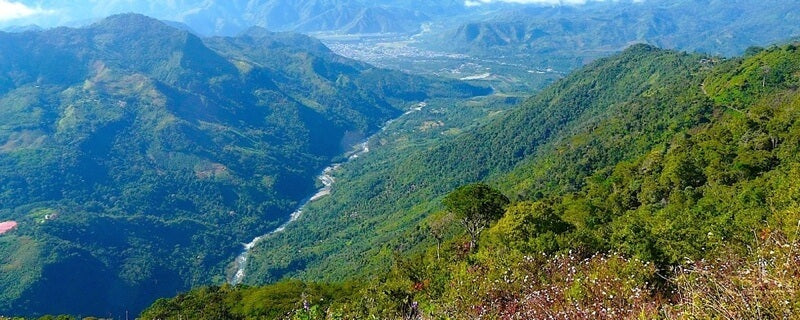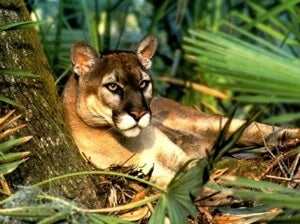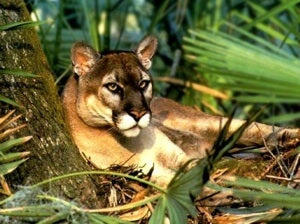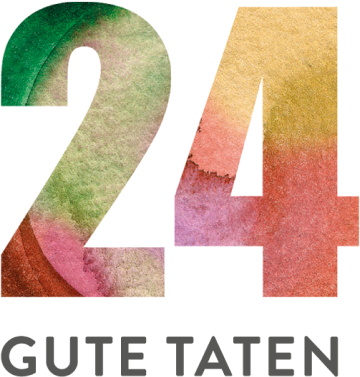Day 9
80 m² of wildlife corridors are created in a Peruvian jungle
 Improves family income and protects the Puyu Sacha forest
Improves family income and protects the Puyu Sacha forest


Expansion and connection of separated forest areas through game corridors

need
Creation of wildlife corridors to expand and preserve habitat in the region around the Puyu Sacha forest.
activity
Local NGO trains small farmers in agroforestry system and creates wildlife corridors with native trees.
Measurable performance
Number of wildlife crossing corridors created, monitored and controlled that were financed through the project
Result
Measurable recovery of wildlife populations and increased income for local residents
Systemically relevant impact
Improving the economic situation of families, protecting biodiversity in the region and increasing awareness among the population about protecting the environment.
background


The good deed
AboutPeru

Lima
Capital city
30814175
Population
$6,659.81
Gross domestic product
per capita per year

77
Human Development Index
(Human Development Index)



